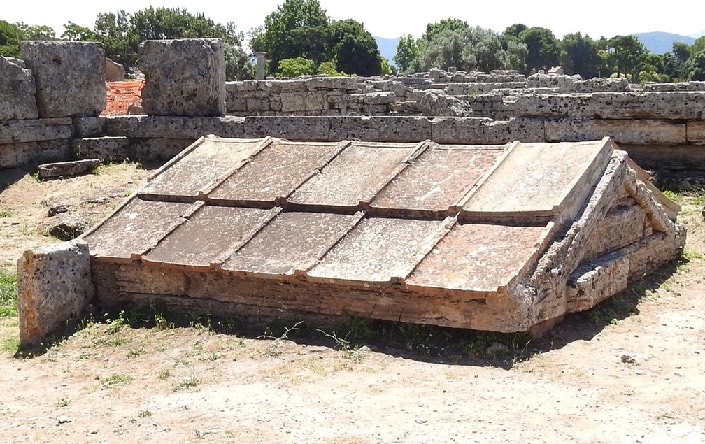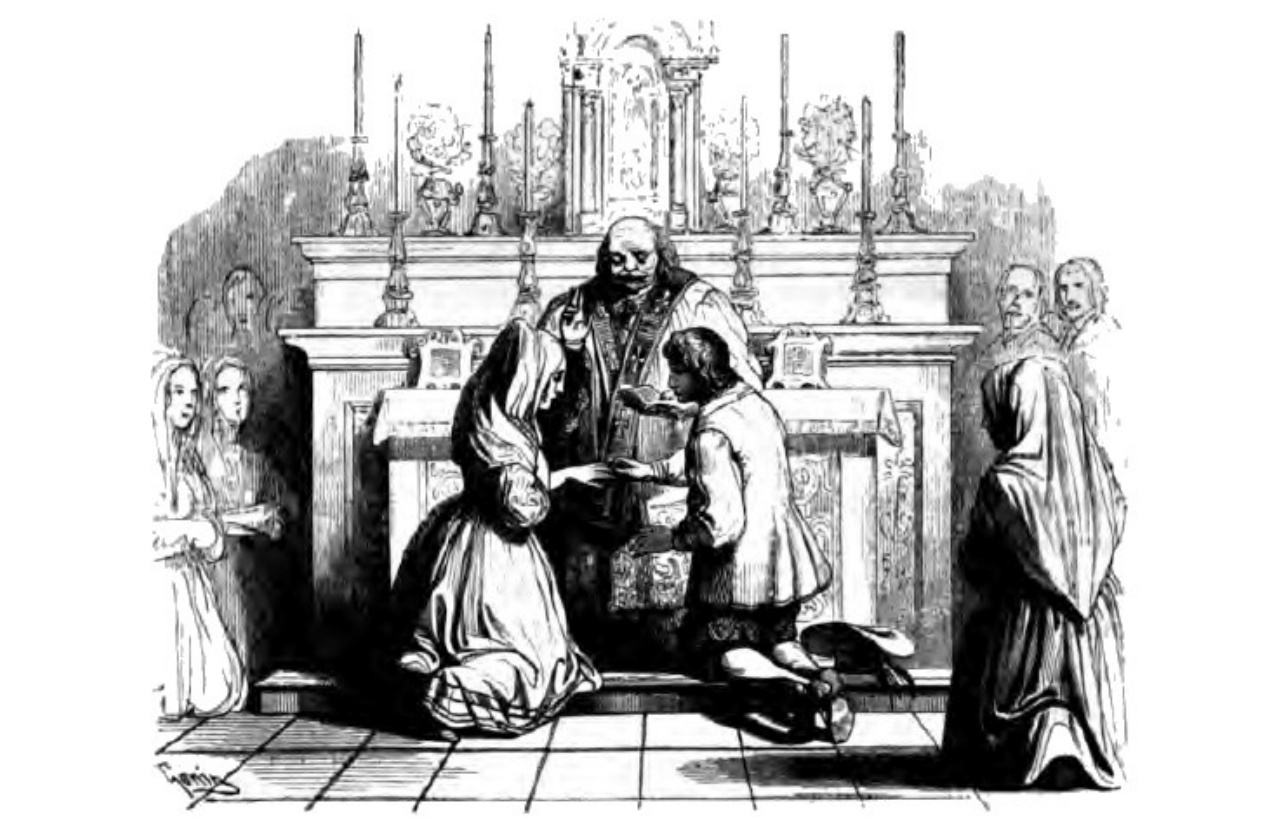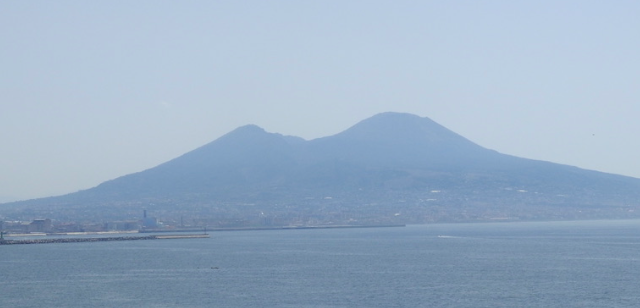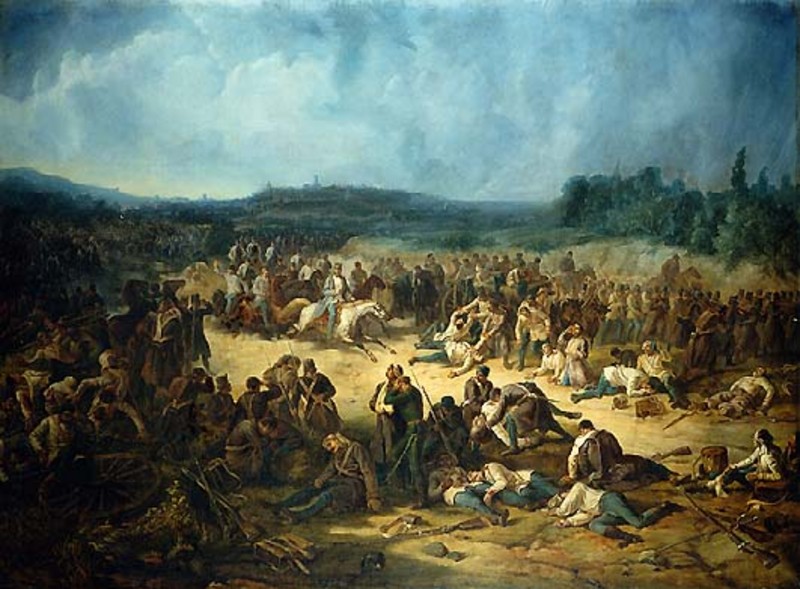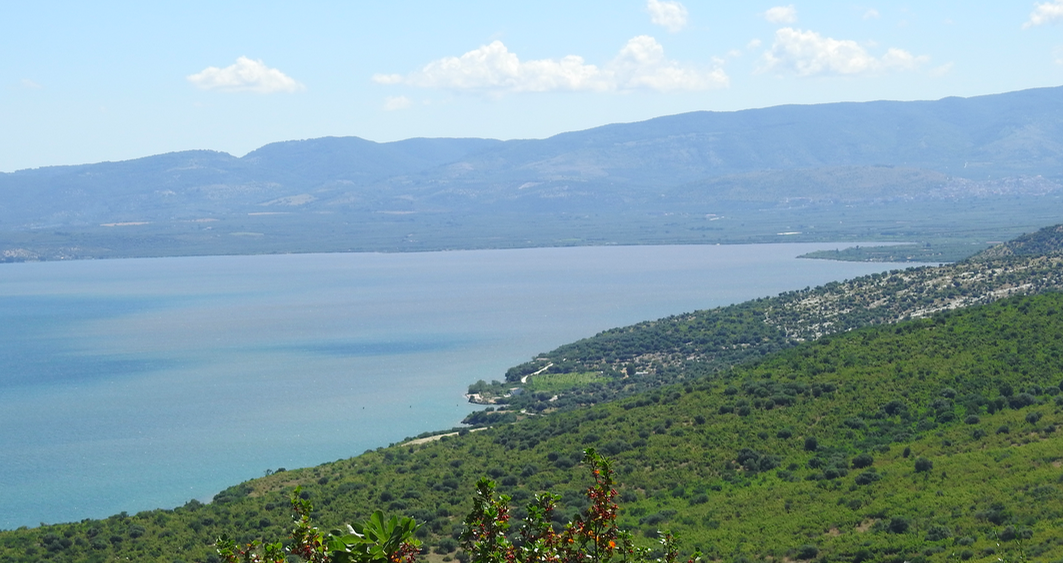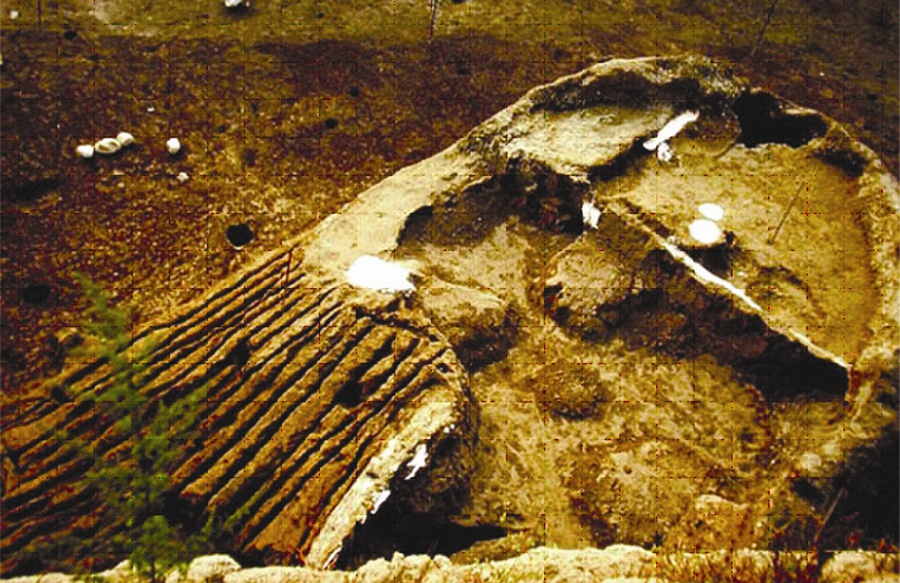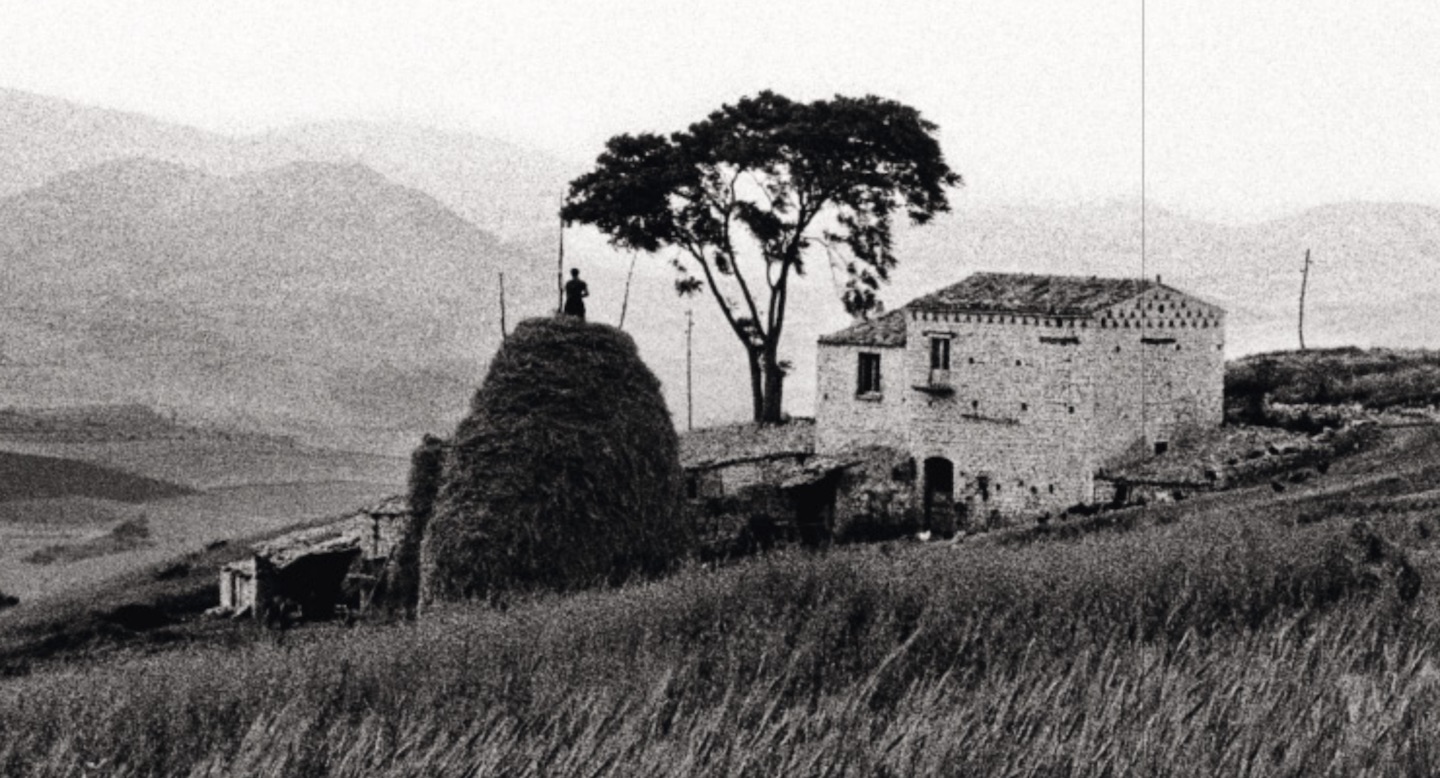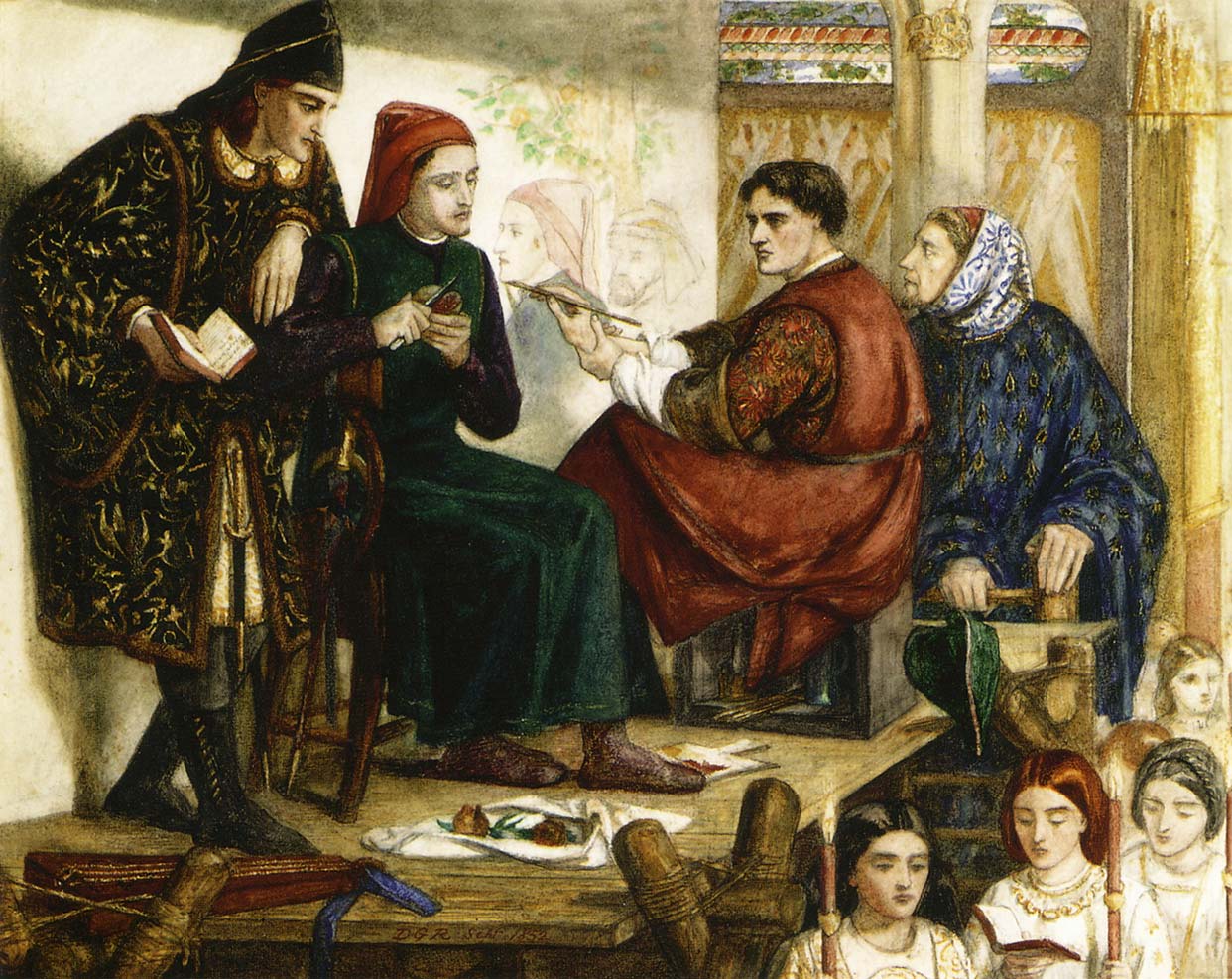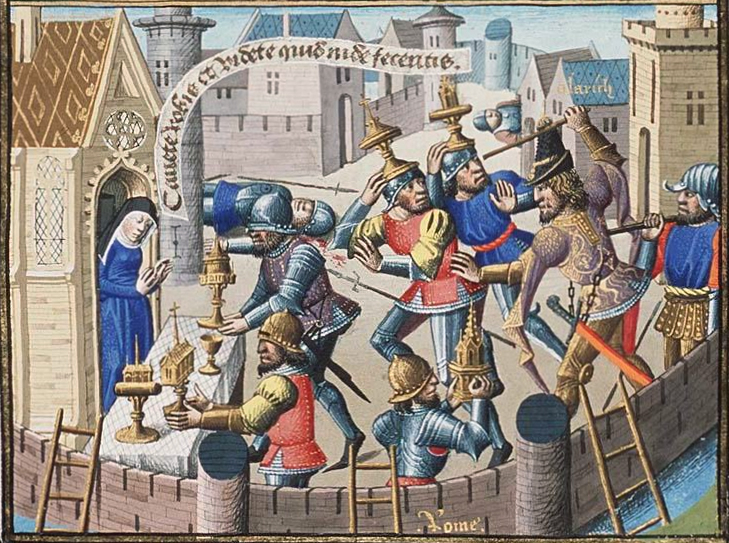Italian Neolithic
-
The Lost Cities of Ancient Apulia – South-East Italy
When we read stories of ancient pre-Roman Italy, often the point of view we absorb is that of the Greek city-states of southern Italy, or of their later Roman neighbours. Virtually no written material except the Greek or Roman has survived the ancient period. This is despite writing having spread to their neighbours. To the extent that other peoples of ancient Italy appear in the written record, they do so as “decoration” in Roman and Greek centred stories. The peoples of Ancient Apulia are a case in point. The Greek and Romans often described the people around them as “tribal” and led by kings or chiefs. From the seventeenth to…
-
The Fifty-Three Known Forefathers of the Italian People: Latest Discoveries
This is a story about Italian y-DNA. But putting it that way is misleading. For there is not a single coherent story of “Italianness” that stretches back in time. And that story is almost inseparable from the stories of the surrounding populations with which developments in Italy are intimately connected. But it is the case that the science of genetics is gradually unfolding a richer picture of the past than was known before. If we go back far enough (thousands of years) we find (along the patrilineal line) that virtually all Italians are descended from only fifty-three men. Why there are so few, we will see below. Casual labels are…
-
Ancient Italy: The Arrival of Agriculture and the People from the Sea: 6000BC
In ancient times the mountainous spurs of the Apennines ran down Italy’s spine and the Alps were piled at its northern end much as today. But if we had been present in the ancient neolithic we would have seen an Italy which was unlike anything we know today. The coastline would have been somewhat different, although that would not have been the most dramatic difference. Italy was blanketed with forests and this part of the world was wetter than it is today. It is 6000 BC; an era in which people from the sea arrived and brought with them agriculture. Millennia later Vesuvius would erupt. But the arrival of agriculture…
-
Of Villages and Vesuvius: 1800BC
The ancient mount Vesuvius rises high above the Campanian plain. The plain – a great oval ringed by mountains – stretches north, east and south for hundreds of kilometres. Along its northern edge, the river Volturno, the longest river in Italy, flows to the sea. Below Vesuvius is a great bay: the Bay of Naples, although it will be well more than a thousand years before new arrivals from the Greek island of Euboea build a city here which will bear that name. We are Italy’s deep past, although the very idea of Italy is yet to be invented. Vesuvius is not the only volcano here. It is part of…

